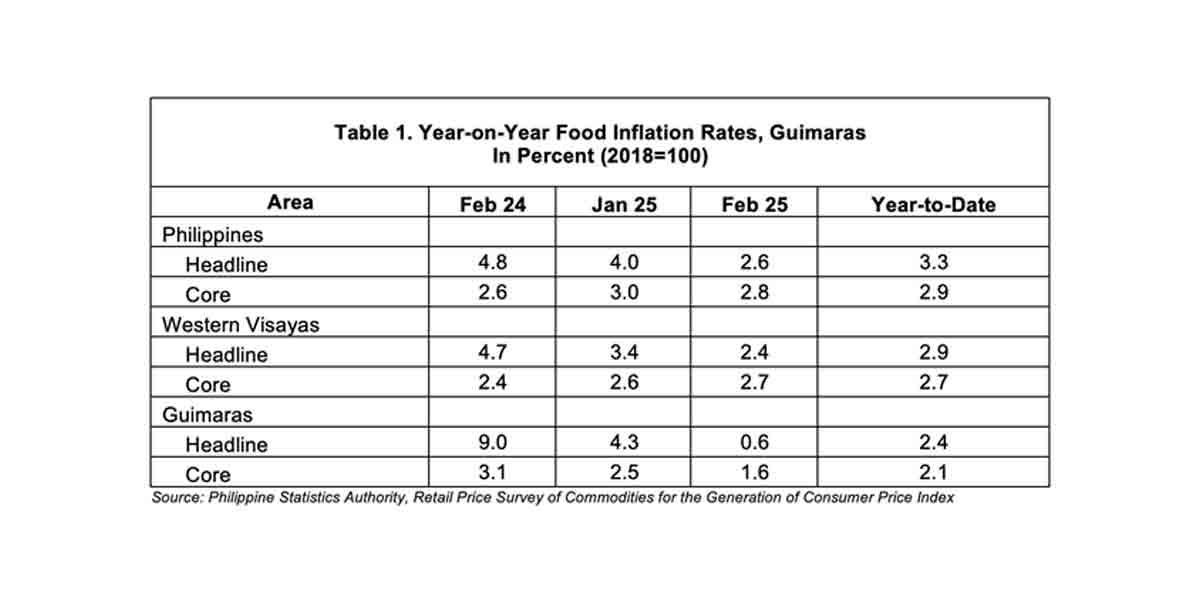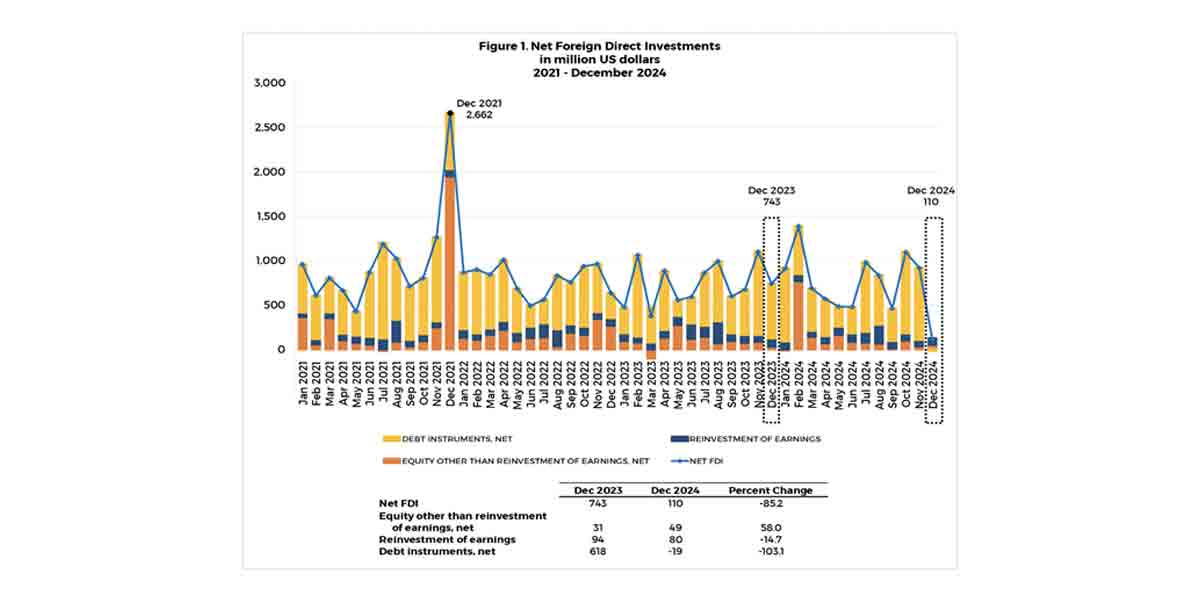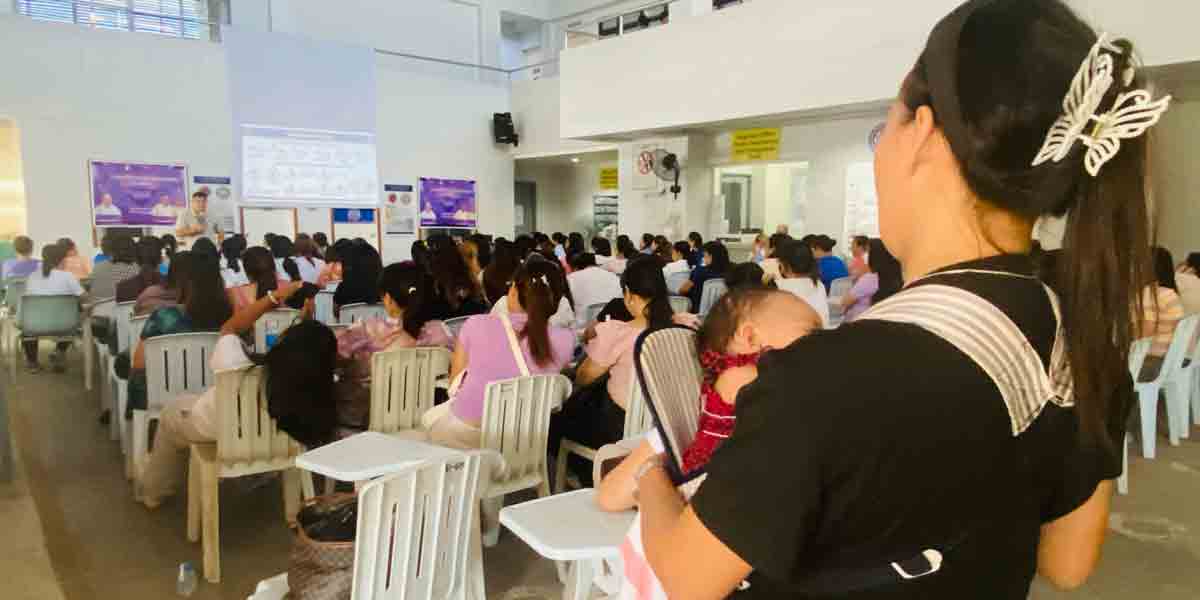The Department of Agriculture’s (DA) decision to declare a food security emergency and release aging National Food Authority (NFA) rice stocks to local government units (LGUs) raises more questions than solutions. While the move intends to stabilize surging retail rice prices, it fails to address the systemic flaws in the country’s rice supply chain, leaving consumers and farmers stuck in a cycle of temporary relief and recurring crises.
The numbers are alarming. Rice inflation soared to 17.9 percent in September 2023, and even as global rice prices declined, the local retail price of the staple remained stubbornly high. The government’s attempt to intervene by reducing tariffs on imported rice in July 2024 proved ineffective, further exposing the deep-rooted inefficiencies of the rice market in the Philippines. Now, the government is relying on the release of buffer stocks, some of which are already aging, as a desperate measure to curb prices.
The NFA’s buffer stock includes regular rice, about-to-age rice, and aging rice. While the agency assures the public that the stocks remain fit for consumption, concerns persist about their quality. Rice loses its nutritional value over time, and prolonged storage can lead to spoilage or infestation. The question is: will the NFA ensure that consumers are getting rice that is not only affordable but also safe and of good quality? More importantly, why does the government always resort to releasing aging rice instead of ensuring a steady, quality supply through proactive procurement and distribution?
Selling NFA rice at PHP 36 per kilogram through LGUs is a welcome reprieve for struggling consumers, but it is far from a sustainable solution. The fundamental problem remains: the government’s inability to control price manipulation, smuggling, and market speculation. Rice traders, often accused of hoarding stocks to create artificial scarcity, continue to dictate retail prices. Until the government effectively regulates these players, any temporary price drop will be short-lived.
Additionally, while the NFA claims that releasing its buffer stocks will allow it to buy more palay from local farmers, past experiences suggest otherwise. If palay procurement prices remain unattractive, farmers will continue selling to private traders, who offer better rates. This, in turn, diminishes the NFA’s role as a stabilizer in the rice market. Without substantial reforms in palay pricing and procurement, the same cycle of high prices and emergency interventions will repeat.
Instead of reactive policies, the government must implement a long-term rice security strategy. This should include:
- Strengthening NFA Procurement – The agency must be given enough resources to buy palay at competitive prices, ensuring that local farmers benefit from government intervention rather than relying solely on importation.
- Cracking Down on Price Manipulation – The DA and the Department of Trade and Industry (DTI) should intensify efforts to identify and penalize rice traders engaged in hoarding and price speculation.
- Investing in Local Rice Production – The government must provide substantial support for irrigation, farm mechanization, and access to high-yield seeds to reduce production costs and increase local supply.
- Reviewing the Rice Tariffication Law – While liberalizing rice imports aimed to lower prices, its implementation has primarily benefited traders instead of consumers and farmers. A reassessment is necessary to ensure a balance between importation and local production.
The recurring rice price crisis is a symptom of deeper agricultural and economic failures. While distributing aging rice might provide temporary relief, it does not fix the underlying problems plaguing the sector. The Marcos administration must shift from emergency-based, stopgap measures to long-term, sustainable solutions that genuinely benefit Filipino farmers and consumers. Until then, the government will remain trapped in a cycle of crisis management, with Filipinos paying the ultimate price.

























